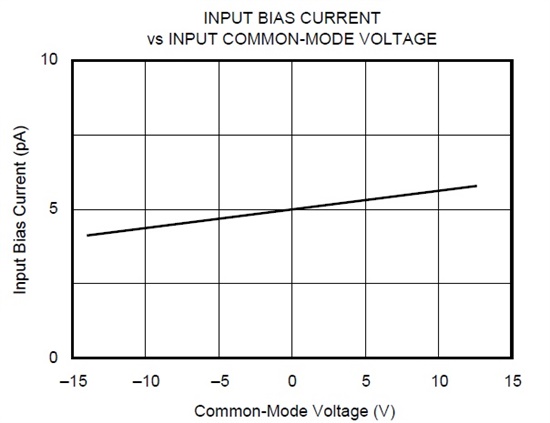Hi all,
Need advise on the input impedance portion of the OPA140. From the datasheet, it stated 10GOhm II 10pF at differential. Is the 10GOhm the internal resistance value II 10pF capacitance? So from there, can do some mathematical calculation to get the impedance value? Or the 10GOhm is already the impedance value at 10pF?
Engineer did a circuitry with 6Vs, however not able to get the measurement of 10GOhm. Kindly advise. Thanks.






